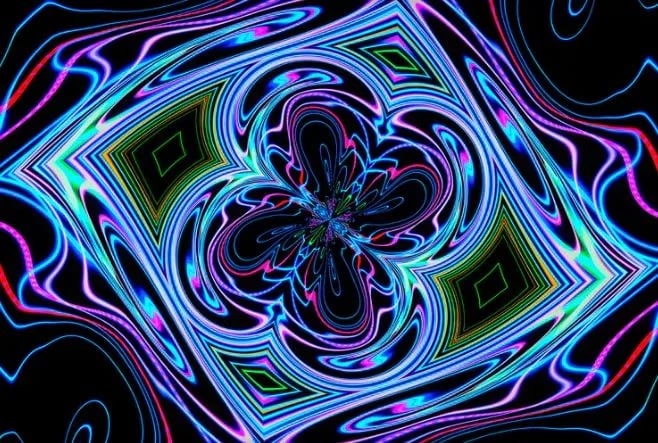Former Navy SEAL and popular podcaster Shawn Ryan has been open with his audience of millions about the benefits of psychedelics. Like so many veterans, he was a mess of inner turmoil after returning from combat. He described his DMT and Ibogaine therapy in 2022 as “profound,” “life-changing,” and “healing,” claiming it set him on a spiritual quest. Then in 2023 he announced he had come to Christ, and when he was subsequently asked if he would ever do psychedelics again, he demurred: “I don’t know.”
Login to read more
Sign in or create a free account to access Subscriber-only content.
Topics:
